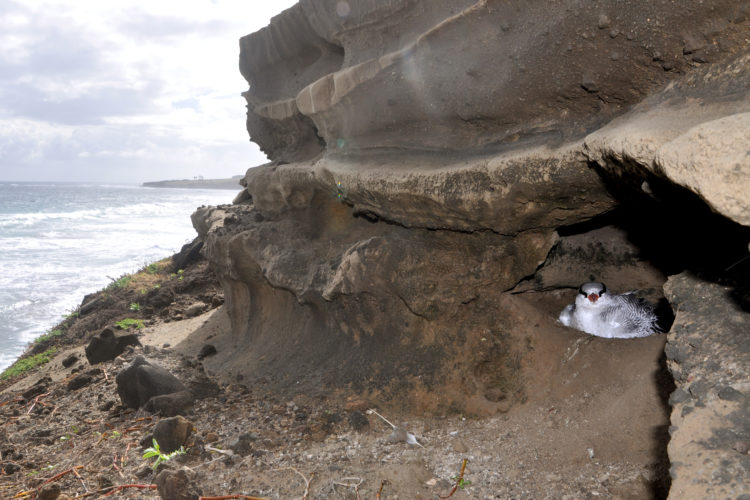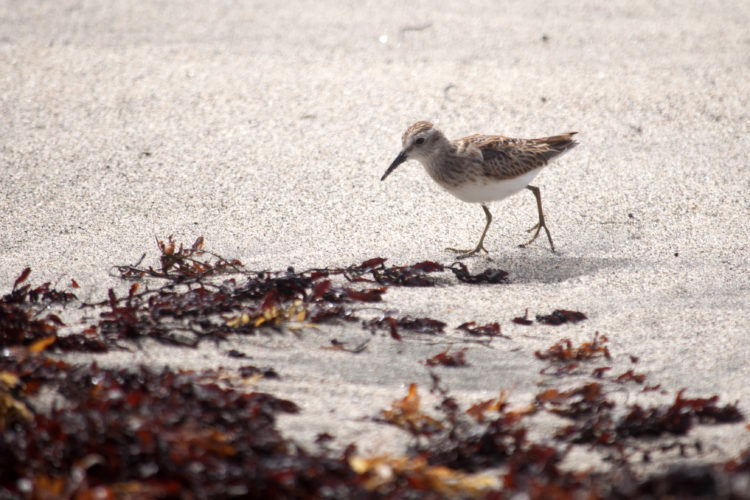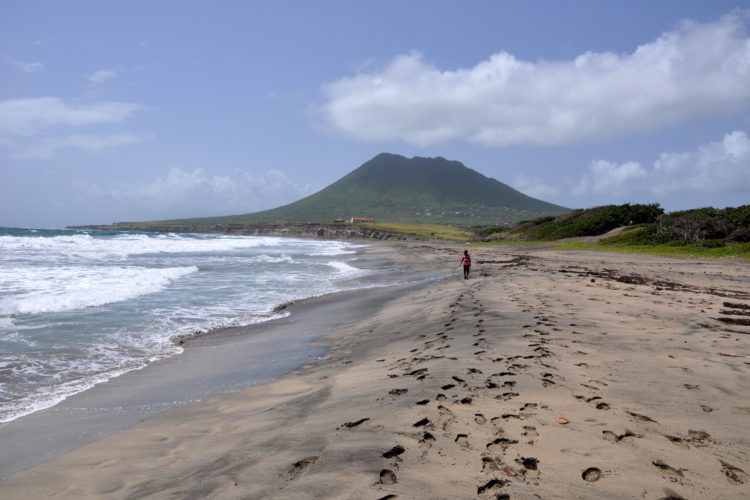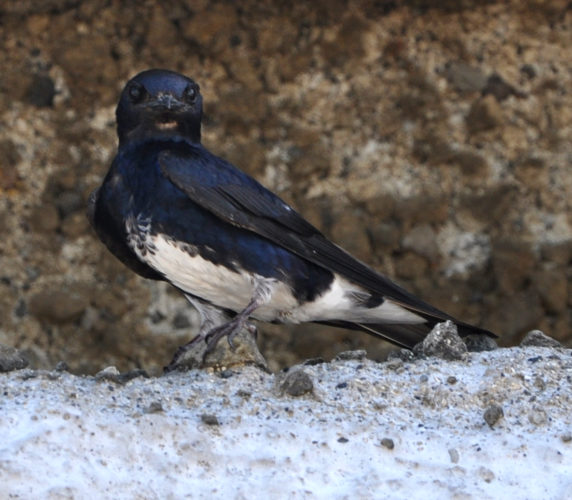Zeelandia Beach
Zeelandia Beach, on the eastern coast, faces the Atlantic Ocean and offers a welcome refreshing breeze. The cliffs in this area support a small nesting population of Red-billed Tropicbirds, a migratory seabird that spends its entire life at sea, only coming to land to breed and nest. It uses naturally occurring cavities between rocks and in the cliff face at Zeelandia in which to lay a single egg.

Other seabirds that can be seen in this area include Brown Pelicans, Brown Boobies, Magnificent Frigatebirds, Caribbean Martins, Osprey, and migratory shorebirds. It is certainly worthwhile visiting this area to look for migrants such as Semipalmated Plover, Short-billed Dowitcher, Least Sandpiper and the odd American Oystercatcher at the right time of year.

It is possible to walk along the beach approximately one kilometer south to admire the various sea and shorebirds that take advantage of this undeveloped coastal area. We recommend visiting in the afternoon to enjoy a shaded walk below the cliff.

Zeelandia Beach is also the island’s main sea turtle nesting beach and supports leatherback, green and hawksbill turtles. Nesting season is from March to November, and it is possible to accompany STENAPA staff and volunteers on night patrols during the season. Due to its importance as a sea turtle nesting beach, the area is protected under local legislation and is internationally recognized under the Specially Protected Areas and Wildlife (SPAW) Protocol. Signs at the entrance of the beach offer information about nesting sea turtles and also warn visitors that driving is not permitted.

To get to Zeelandia Beach from town, drive across the Central Plains and take the road that is parallel to the runway. Keep driving on this road until you see the last yellow house on the left hand side. Turn right and drive to the turtle sign, then park.

